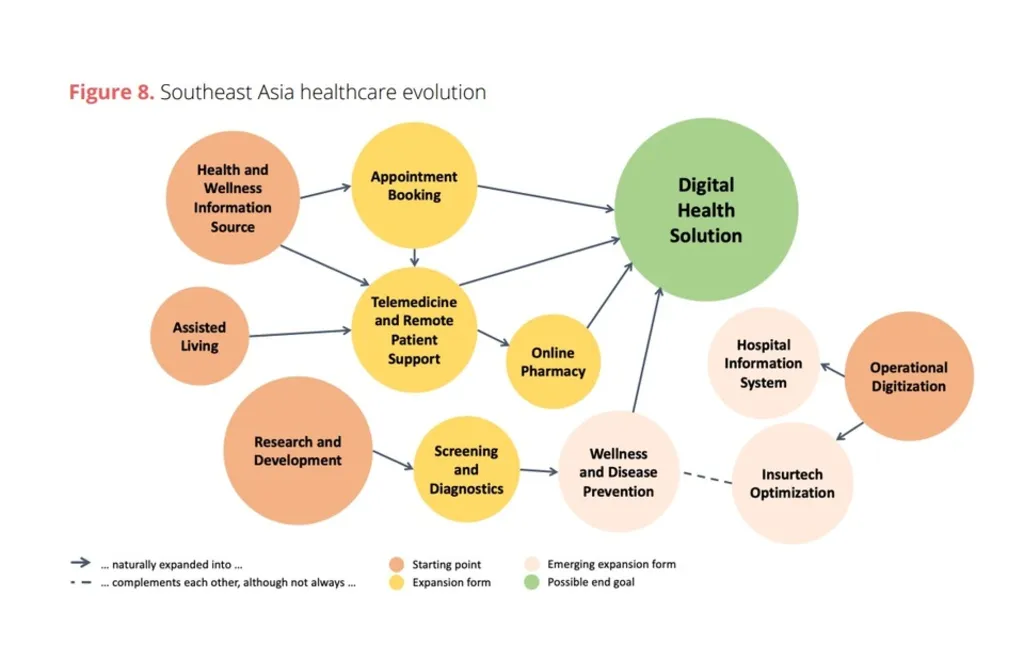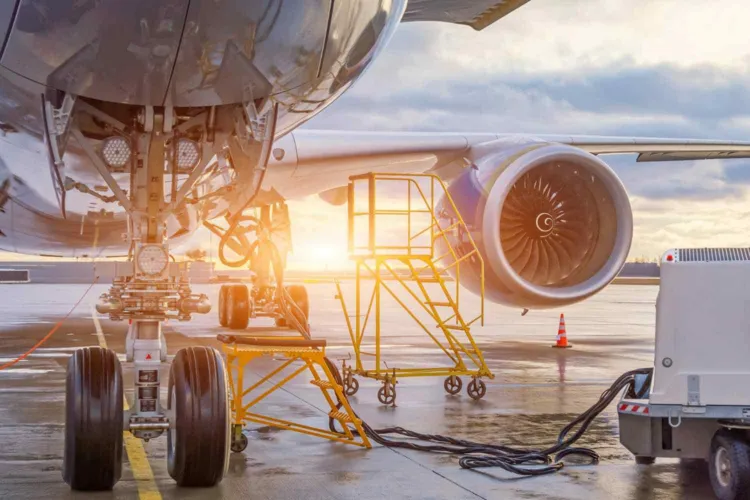Southeast Asia is on the brink of a digital health revolution. The region’s health and fitness apps market is projected to skyrocket from $10.3 billion in 2025 to $26.5 billion by 2032. This rapid rise reflects a growing appetite for mobile health solutions, sports tracking tools, and lifestyle wellness platforms among consumers.
The broader Southeast Asia digital health market, valued at $17.0 billion in 2024, is expected to more than double to $38.3 billion by 2033, growing at a solid 8.45% CAGR. This growth is fueled by increased smartphone adoption, better internet access, and a shift in consumer behavior toward digital-first health management.

Telehealth and mHealth Lead the Charge
Telehealth in Southeast Asia reached $8.07 billion in 2024 and is on track to grow at an impressive 18.1% CAGR from 2025 to 2030. This rise shows how remote consultations, digital prescriptions, and online diagnostics have moved from niche services to mainstream healthcare solutions.
The mHealth sector, which covers mobile-based health services, has an even steeper trajectory. Valued at $3.8 billion in 2024, it is expected to surge to $29.9 billion by 2033, growing at a remarkable 22.91% CAGR. Health and fitness apps form a significant part of this growth, helping users track workouts, manage diets, monitor sleep, and measure overall wellness.
Health & Fitness Apps: A Lifestyle Essential
The Asia Pacific mobile health apps market, which includes Southeast Asia, generated $10.15 billion in revenue in 2024 and is projected to grow at 14.2% CAGR through 2033. In Southeast Asia alone, paid health and fitness app revenue was $6.29 million in 2022, with strong momentum in advertising-driven revenues as well.
This popularity reflects changing consumer habits. Health apps are no longer just for athletes. Nowadays, they are essential tools for everyday health tracking, from step counters and nutrition planners to yoga and meditation guides.
Read Also: Southeast Asia Fitness Club Boom Redefines Wellness Goals in the Region
Wellness Beyond Healthcare
The Southeast Asia health and wellness market, including fitness, mental health, and lifestyle products, is expected to grow at 9.24% CAGR between 2025 and 2033. This trend shows that consumers increasingly view health holistically, blending medical needs with lifestyle improvement.
As disposable incomes rise, so does spending on personal well-being. Apps offering personalized fitness programs, wellness coaching, and sports performance analytics are thriving in this environment.
A Decade of Opportunity
With high smartphone penetration and a young, tech-savvy population, Southeast Asia is well-positioned to lead global health app adoption. The $10.3B to $26.5B growth projection for health and sports apps by 2032 aligns with broader digital health trends. Investors and app developers have a clear opportunity to tap into a market where demand is expanding across fitness, mental health, telemedicine, and wearable integration. For consumers, this surge means more choices, better personalization, and improved access to health resources anytime, anywhere.
The bottom line is, the Southeast Asia Health App Surge is not just a trend—it’s a fundamental shift in how people approach fitness and well-being. The coming years will see apps become indispensable companions in daily health management.
FAQs
1. What is driving the Southeast Asia Health App Surge?
Rising smartphone use, better internet, and demand for digital health solutions are key drivers.
2. How big will the market be by 2032?
It is projected to grow from $10.3 billion in 2025 to $26.5 billion by 2032.
3. Which segment is growing the fastest?
The mHealth sector, with a forecast CAGR of 22.91% through 2033.
4. Are paid health apps popular in Southeast Asia?
Yes, revenue from paid health apps reached $6.29 million in 2022 and is growing steadily.
5. Will telehealth remain a strong market?
Yes, with an 18.1% CAGR projected from 2025 to 2030, telehealth is set for rapid expansion.







